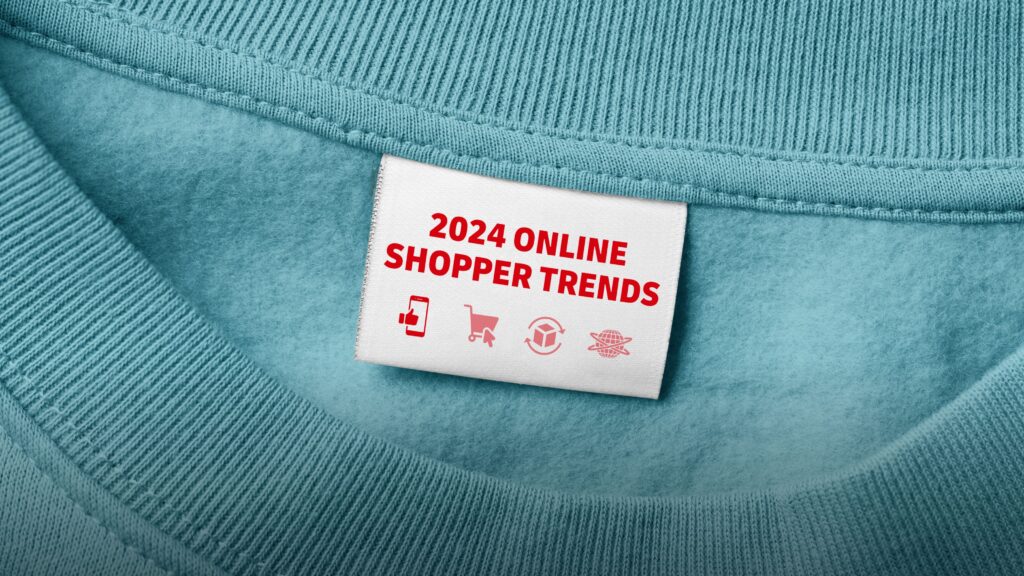Global Online Shopping Revolution: How Online Retailers Can Thrive

Now that ecommerce is a global phenomenon, what can online retailers do to captivate shoppers, ensure repeat purchases, and tap into new revenue streams? The latest Online Shopper Trends Report by DHL reveals the trends that small and medium-sized businesses cannot overlook.
In today’s digital age, online shopping has revolutionized how we shop, transcending geographical boundaries. However, it’s crucial to understand that the landscape of online shopping is as diverse as the markets it serves. The latest Online Shopper Trends Report by DHL, surveying 12,000 shoppers across 24 countries, provides invaluable insights into this ever-evolving industry. Let’s dive into the fascinating world of purchasing behavior and explore the key trends driving shoppers to hit that “Buy” button.
What’s captivating online shoppers and ensuring repeat purchases? Subscription services. With 35% of global shoppers already subscribed to online shopping services, this phenomenon is gaining momentum, especially among the younger demographic and social media enthusiasts.
Offering exclusive benefits such as discounted prices, free delivery, and surprise gifts, businesses can enhance convenience for buyers while fostering loyalty. That’s a potential revenue stream.
Speaking of social media, let’s talk about the social commerce revolution. According to a Deloitte study, the social commerce market will reach a staggering $2 trillion and contribute 28% of all online retail sales by 2025.
Selling products directly through platforms like Instagram and Facebook transforms the online shopping experience. It unlocks a whole new dimension of revenue streams beyond subscription services. For some small businesses, the social commerce market is the only way to get their company off the ground without huge investments.
While having their own online shops may offer higher margins, smaller and medium-sized businesses cannot overlook the dominance of marketplaces. Amazon remains the marketplace of choice for 51% of global consumers. However, the regional landscape reveals a more diverse picture, with Shein, Temu, and Zalando carving their niches in specific markets. Explore the strategies to reach new customers and expand your business through marketplaces.
However, it’s not just about price or payment options anymore. The availability of delivery options plays a significant role in the decision-making process for online shoppers. In fact, 95% of shoppers surveyed stated that delivery options influence where they shop. Offering a wide range of delivery choices, including speed and free delivery, can boost customer satisfaction and increase conversion rates.
Another factor that cannot be ignored is sustainability. Online shoppers are increasingly conscious of the environmental impact of their purchases. 59% of shoppers worldwide consider sustainability when making online purchases. It is even more at the top of social media and cross-border shoppers’ minds. This presents an opportunity for retailers to differentiate themselves by offering eco-friendly options, from recyclable packaging to reducing delivery emissions.
However, it’s worth noting that only 20% of online shoppers are willing to pay extra for green delivery. One potential solution could be integrating any additional charges for green delivery into the overall cost of the goods. This approach could help address 54% of customers’ frustration related to high delivery costs.
The current trend indicates that online retailers must prioritize sustainability and incorporate it into their business practices to meet online shoppers’ expectations. It is likely only a matter of time before the absence of sustainable options leads to abandoned shopping carts.
